As the sun sets over the ancient city of Rome, a secret passage hidden for centuries beneath the Colosseum has finally been uncovered, offering a glimpse into the lives of the Roman emperors who once ruled with absolute power. The tunnel, which stretches over 100 feet beneath the iconic amphitheater, was reserved exclusively for the emperors and their entourages, providing a private entrance and exit to the games and spectacles that took place above.
The discovery of this hidden passage is a testament to the ingenuity and craftsmanship of the ancient Romans, who built the Colosseum as a symbol of their power and engineering prowess. But it also raises questions about the lives of the emperors who ruled Rome, and the secrets they may have kept hidden from the public eye.
To understand the significance of this discovery, it's essential to delve into the history of the Colosseum and the Roman Empire. Built in the 1st century AD, the Colosseum was the largest amphitheater in the Roman world, hosting gladiatorial contests, animal hunts, and public executions. It was a place where the Roman people could gather to watch the spectacle of violence and death, and where the emperors could demonstrate their power and authority.
But the Colosseum was more than just a venue for entertainment; it was also a symbol of the Roman Empire's engineering prowess and its ability to host massive crowds. The ancient Romans were masters of engineering, and their construction of the Colosseum is a testament to their skills. The amphitheater was built using travertine limestone, tuff stone, and brick-faced concrete, and its design was influenced by the Greek amphitheaters that preceded it.
The hidden passage, which was discovered by a team of archaeologists and engineers, is a remarkable example of ancient Roman engineering. The tunnel stretches over 100 feet beneath the Colosseum, and its walls are lined with intricate carvings and ornate decorations. It's clear that the emperors who used this passage were accustomed to luxury and comfort, and that they spared no expense in creating a private entrance and exit to the games and spectacles that took place above.
According to Dr. Maria Grazia Gelichi, a leading expert on ancient Roman architecture, the discovery of the hidden passage is a significant find that sheds new light on the lives of the Roman emperors. "This passage is a remarkable example of ancient Roman engineering and craftsmanship," she says. "It shows us that the emperors were willing to invest in luxury and comfort, even in the midst of a grand spectacle like the Colosseum."
But the discovery of the hidden passage also raises questions about the lives of the emperors who ruled Rome. What secrets did they keep hidden from the public eye? What kind of lives did they lead, and how did they use their power and authority to shape the Roman Empire?
As we look to the future, the discovery of the hidden passage at the Colosseum serves as a reminder of the importance of preserving our cultural heritage. The passage is a tangible link to the past, and it offers a glimpse into the lives of the people who shaped our world. As we continue to explore and discover the secrets of the ancient world, we are reminded of the power of history to inspire and educate us.
In the words of Dr. Gelichi, "The discovery of the hidden passage at the Colosseum is a testament to the enduring power of human ingenuity and creativity. It shows us that even in the most ancient of times, people were capable of building something truly remarkable, and that their legacy continues to inspire us today."
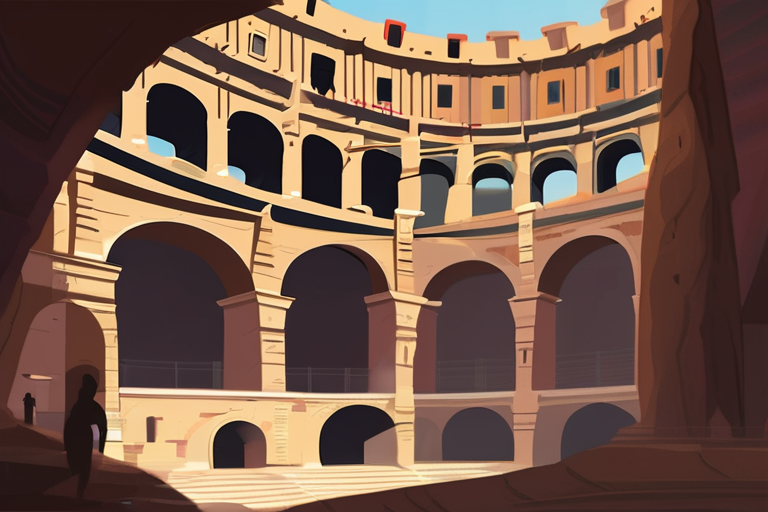

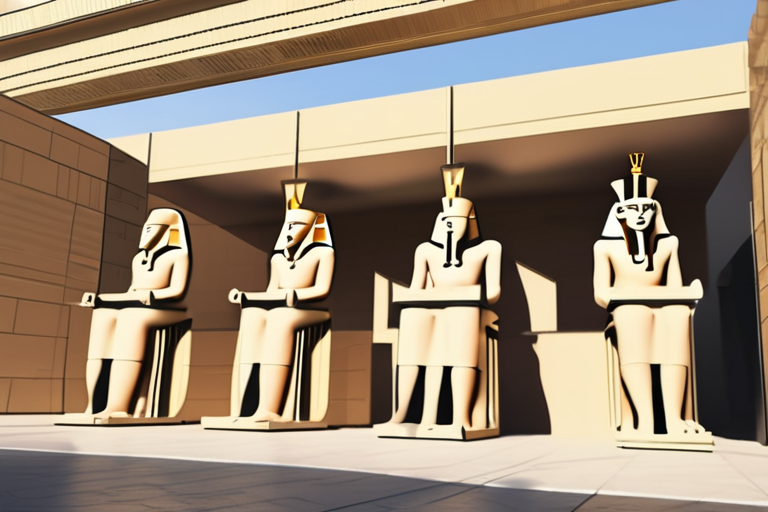










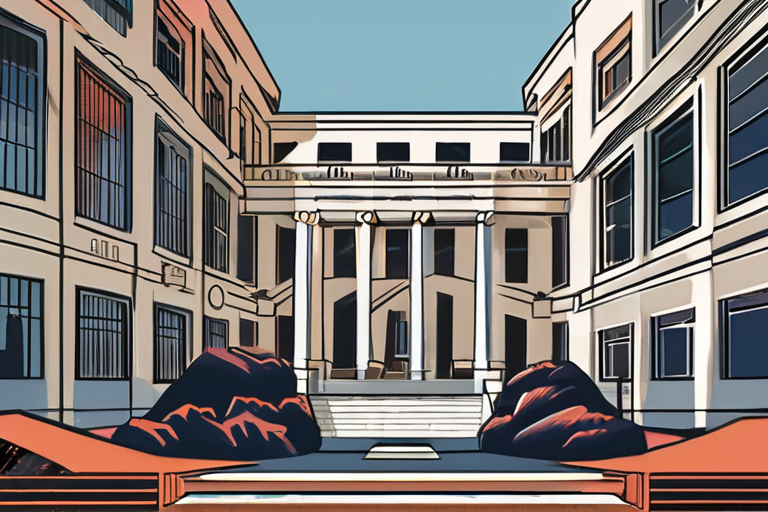


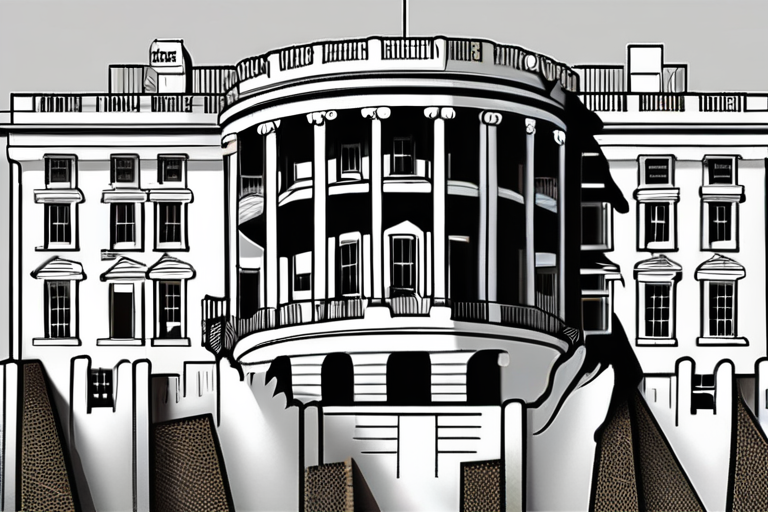

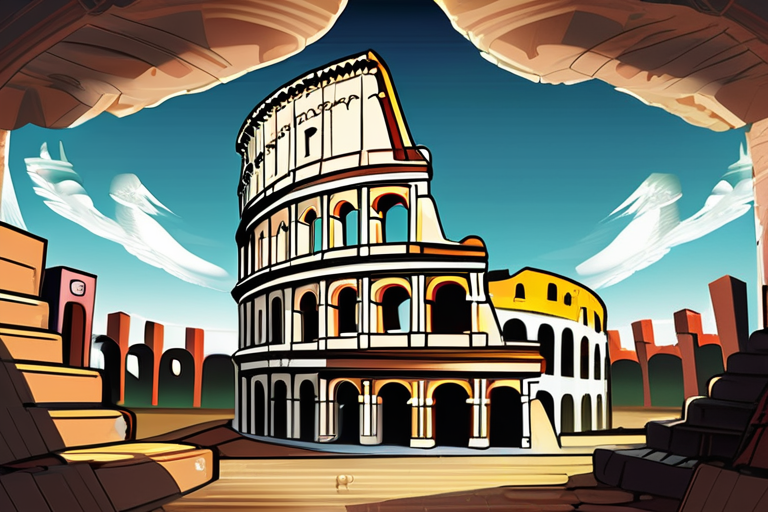

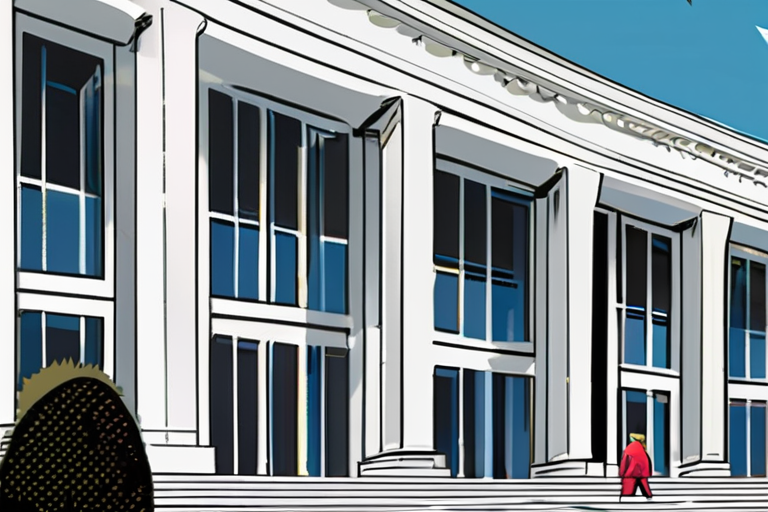
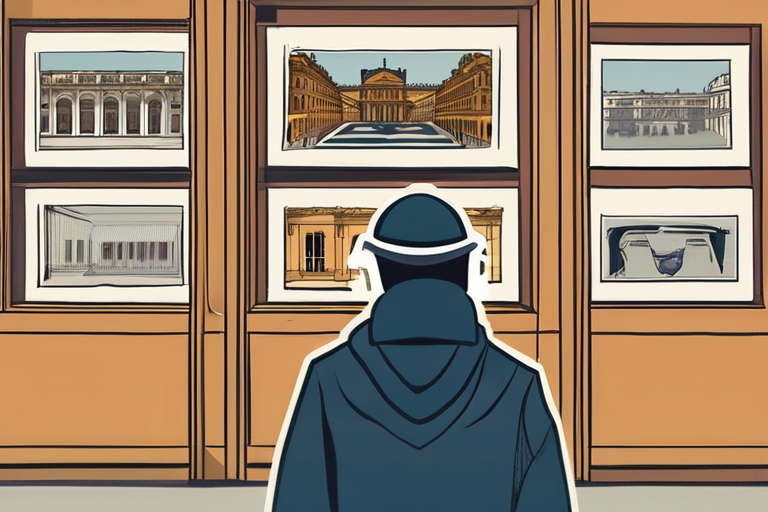

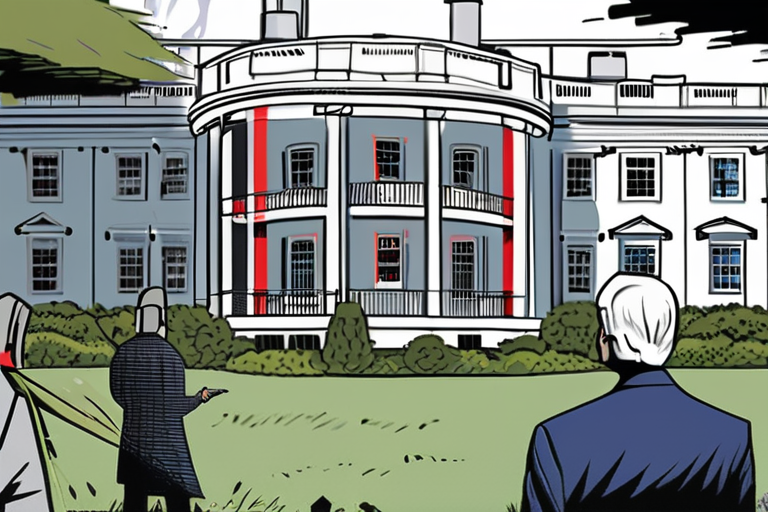


Share & Engage Share
Share this article